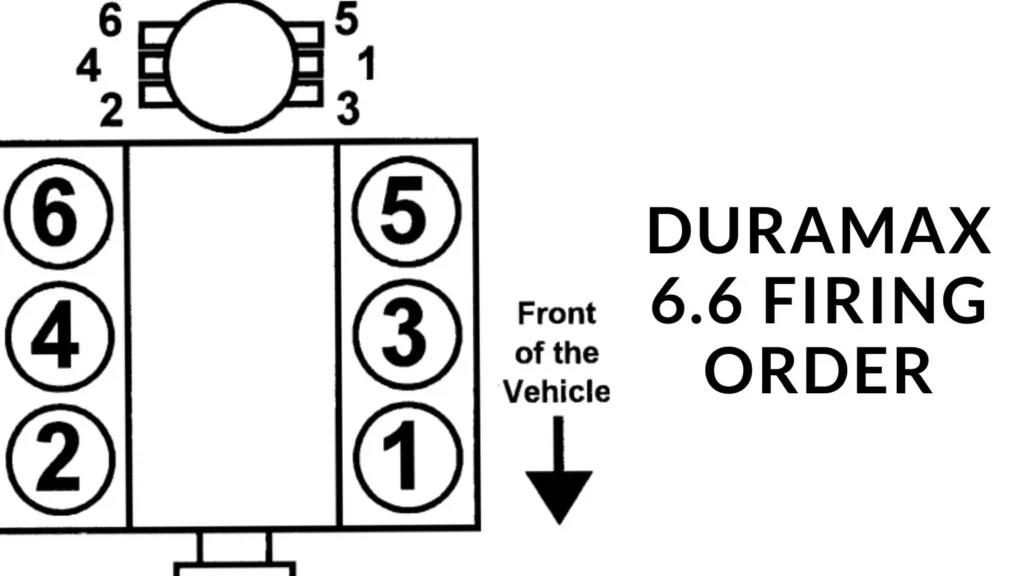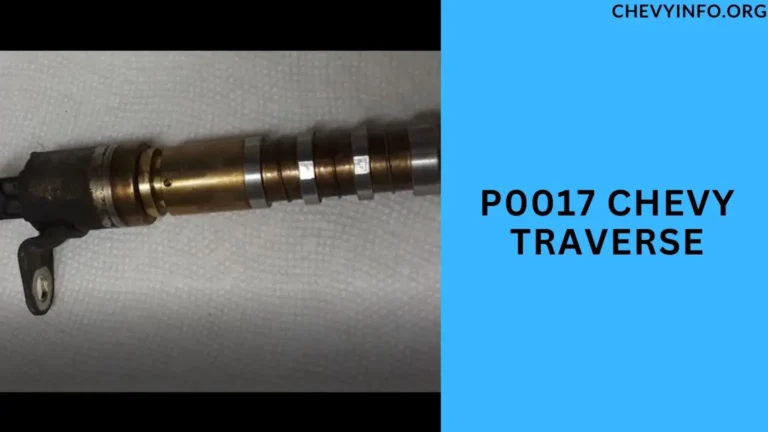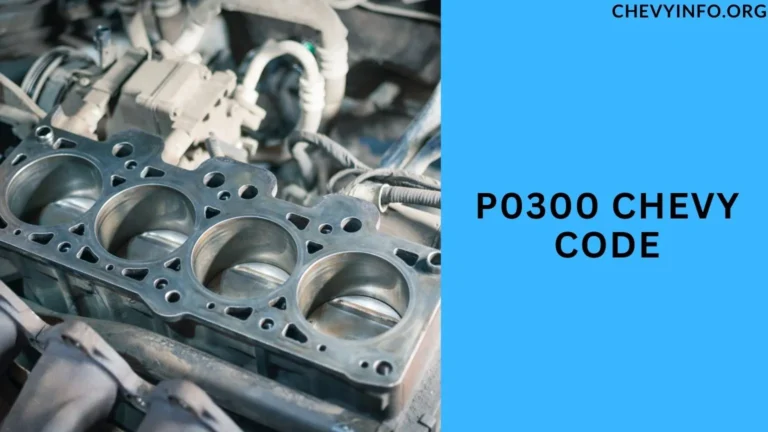Duramax 6.6 Firing Order (Diagrams) of 2024
The firing order of an engine is crucial to its performance and efficiency. In the case of the Duramax 6.6 engine, understanding its firing order is essential for proper operation and maintenance.
This article aims to delve into the intricacies of the Duramax 6.6 firing order, its significance, and how it impacts the engine’s functionality.

Introduction to Duramax 6.6 Engine
The Duramax 6.6 engine is a popular choice among truck enthusiasts and professionals due to its robust performance and reliability.
Developed by General Motors, this diesel engine is renowned for its power output, towing capabilities, and longevity.
However, like any internal combustion engine, it relies on a specific firing order to function optimally.
Understanding Firing Order in Engines
Before delving into the 6.6 firing order, it’s essential to understand what firing order entails in an engine.
Firing order refers to the sequence in which each cylinder fires concerning the engine’s crankshaft rotation. This sequence is crucial for maintaining engine balance, timing, and overall performance.
Importance of Correct Firing Order
Having the correct firing order ensures that fuel combustion occurs in the right sequence, optimizing power output and reducing vibrations.
Incorrect firing order can lead to misfires, loss of power, increased fuel consumption, and potential engine damage over time.
Therefore, maintaining the correct firing order is paramount for engine efficiency and longevity.
Duramax 6.6 Firing Order Explained
The Duramax 6.6 engine follows a specific firing order dictated by its cylinder arrangement and firing sequence.
In a typical Duramax 6.6 engine, the cylinders are arranged in a V8 configuration, with each bank of cylinders firing in a specific order to maintain balance and performance.
Cylinder Arrangement
The Duramax 6.6 engine features a V8 layout, with eight cylinders divided into two banks of four cylinders each. The cylinders are numbered consecutively, starting from the front of the engine.
The firing order is designed to alternate between the two cylinder banks to promote even combustion and smooth operation.
Firing Sequence
The firing sequence in a Duramax 6.6 engine follows a specific pattern based on the cylinder arrangement.
Typically, the firing order starts with Cylinder 1 on one bank, followed by Cylinder 2 on the opposite bank, and so on, maintaining a balanced firing pattern throughout the engine’s rotation cycles.
Effects of Incorrect Firing Order

If the firing order in a Duramax 6.6 engine is incorrect or disrupted, it can lead to several adverse effects on performance.
These may include:
- Misfires and rough engine operation
- Reduced power output and acceleration
- Increased fuel consumption
- Engine vibration and noise
- Potential damage to engine components over time
How to Determine Firing Order in Duramax 6.6?
Determining the correct firing order in a Duramax 6.6 engine is essential for maintaining optimal performance. There are several methods to ascertain the firing order:
Consulting the Manufacturer’s Manual
The manufacturer’s manual for the Duramax 6.6 engine provides detailed information about its firing order.
Referencing this manual ensures accuracy and helps in troubleshooting any issues related to the engine’s firing sequence.
Using Diagnostic Tools
Modern diagnostic tools and software can also aid in determining the firing order of a Duramax 6.6 engine.
These tools can perform diagnostic scans, identify misfires, and provide real-time data about the engine’s performance, including its firing sequence.
Common Misconceptions about Firing Order
There are some common misconceptions regarding firing order in engines, such as assuming that all engines follow the same firing sequence or that firing order doesn’t impact performance significantly.
Addressing these misconceptions helps in understanding the critical role of firing order in engine operation.
Maintenance Tips for Duramax 6.6 Engines
To ensure optimal performance and longevity of Duramax 6.6 engines, regular maintenance is key. This includes:
- Following the manufacturer’s recommended maintenance schedule
- Checking and replacing spark plugs as needed
- Inspecting ignition coils and wires for wear or damage
- Monitoring fuel and air filters for cleanliness and efficiency
- Performing routine diagnostic checks for any issues related to firing order or engine performance
People also ask
What is the alternate firing order of the Duramax?
The alternate firing order of the Duramax engine is designed to ensure balanced combustion and smooth operation.
It typically starts with Cylinder 1 on one bank, followed by Cylinder 2 on the opposite bank, and continues in an alternating pattern throughout the engine’s rotation cycles.
Where is the cylinder 2 on a 6.6 Duramax?
In a 6.6 Duramax engine, Cylinder 2 is located on the opposite bank from Cylinder 1, typically in a V8 configuration where cylinders are arranged in two banks of four cylinders each.
What is the cylinder order for an LP5 Duramax?
The cylinder order for an LP5 Duramax engine follows a sequential pattern in a V8 configuration.
The cylinders are numbered consecutively, starting from the front of the engine, with Cylinder 1 on one bank followed by Cylinder 2 on the opposite bank,
and so on, maintaining a balanced firing sequence throughout the engine’s rotation cycles.
What is the firing order of the 2017 Duramax L5P?
The firing order of the 2017 Duramax L5P engine is 1-2-7-8-4-5-6-3.
Conclusion
In Conclusion, Understanding the firing order in a Duramax 6.6 engine is essential for maintaining its performance, efficiency, and longevity.
By following the correct firing sequence, addressing any issues promptly, and conducting regular maintenance, owners can ensure that their Duramax 6.6 engines operate optimally for years to come.

Henry Worner, a seasoned automotive expert with over 13 years of experience in car repair, maintenance, and performance enhancement, ChevyInfo.org was born out of a passion for Chevrolet vehicles. Henry’s deep-rooted love for everything Chevy has driven him to create a platform where fellow enthusiasts, car owners, and anyone interested in Chevy cars can find valuable insights, tips, and guidance.






